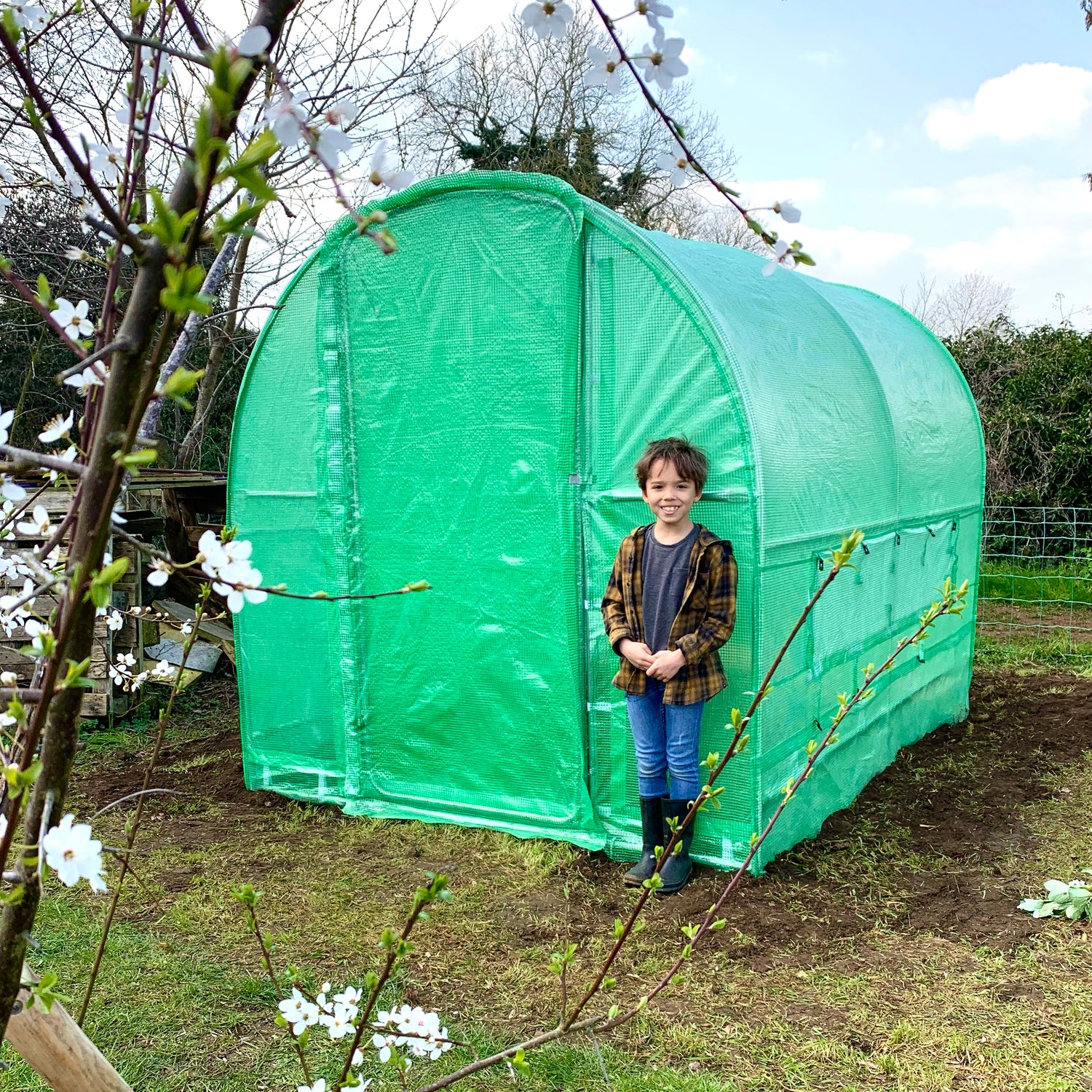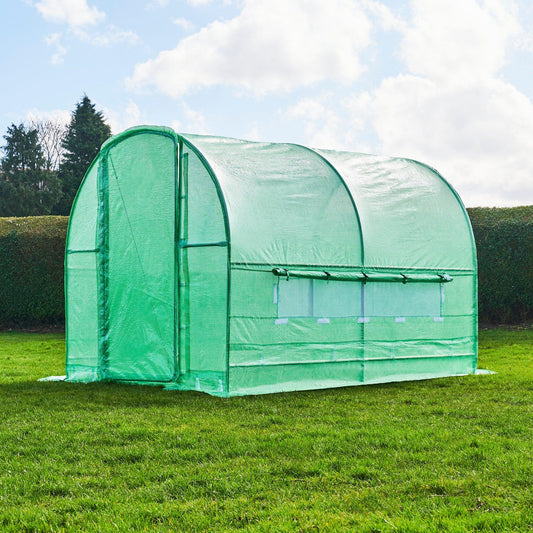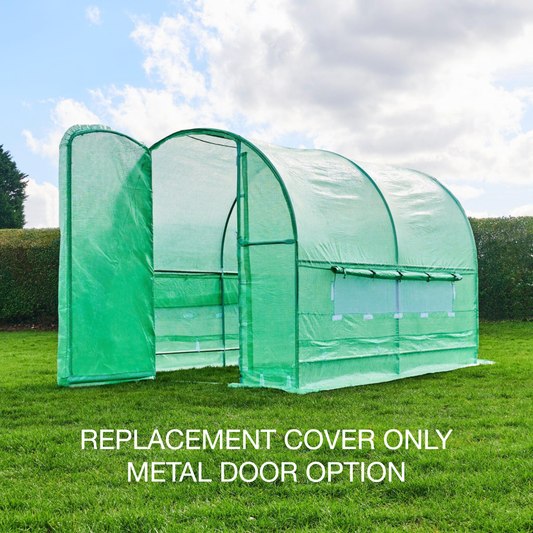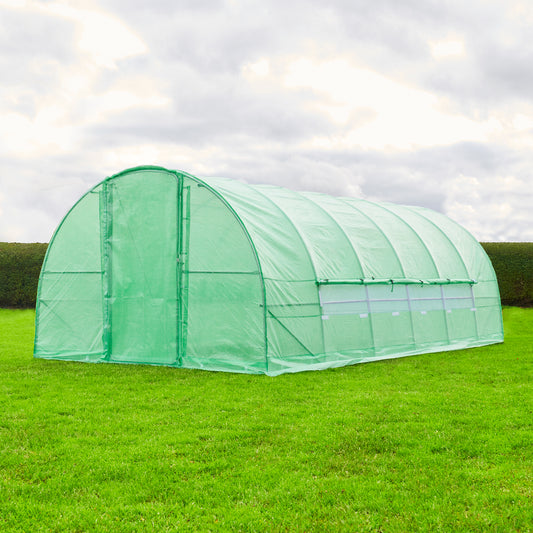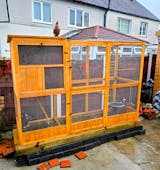It's my second replacement cover in ten years still keeping the original frame. It fits perfectly, would definitely recommend.
Chris.
Great Aviary. A little trouble with the instructions and following them but that might be me!! Despite pre prepared holes on the end pieces insinuating they fitted inside the side pieces they actually went on the outside.
Door handles are a bit flimsy so bought some simple screw in Twist catches to make sure doors stay closed.
Little low so raised it on breeze blocks and railway sleepers for easier access.
Damaged roof panel on delivery, replaced in days, no questions asked.
Great service. Would love room for another but hoping to get hexagonal aviary to fit in the remaining space.
Highly recommended for the price.
Have to replace the cover owing to weather conditions, sunshine, wind and rain, causes them to split. Easy enough to re-fit new cover and protect motorcycle for few more year before repeating again - pleased new covers can be bought separately :)))
Very well designed coop, using high quality, robust wooden materials, sprayed to prolong life. Good tolerances make it easy to assemble (although the assembly instructions would be better if the visuals were supplemented by a text). Altogether superb value for money.


